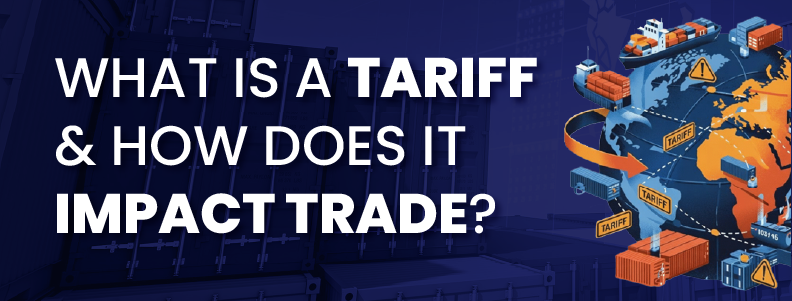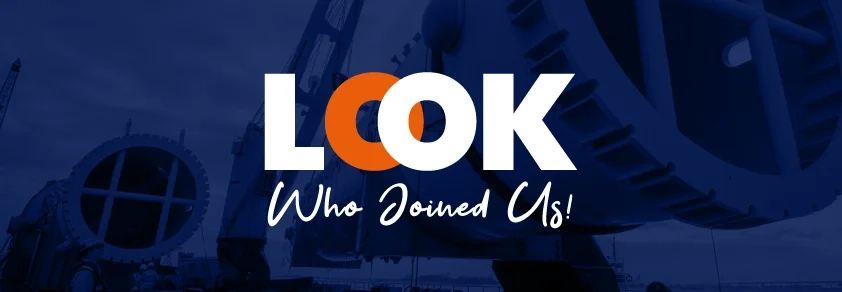What is Autonomous Shipping?
The maritime industry now operates in a new digital and automated period. Autonomous shipping technology stands as a revolutionary innovation which will transform worldwide logistics operations through its ability to control ships independently. Autonomous shipping meaning describes vessels that perform navigation and cargo management tasks independently without human assistance.
The development of sensors and artificial intelligence (AI) and robotics technology has led to the creation of autonomous shipping vessels which will transform maritime transportation in the future. The growing autonomous shipping market brings enhanced safety and operational efficiency and environmental sustainability to worldwide supply chain operations.
What are Key Aspects of Autonomous Shipping?
Autonomous ship technology combines multiple systems which enable ships to operate independently. The system consists of navigation algorithms and advanced communication tools and decision-making software that enables the vessel to adapt to shifting sea conditions.
Key aspects include:
- Remote Operation: Ships can be monitored and controlled from land-based control centers.
- Sensor Integration: Cameras, radar, and sonar help identify obstacles and ensure safe navigation.
- Data Analytics: Real-time information helps optimize routes, reduce fuel use, and monitor mechanical performance.
- Safety Systems: Predictive models detect and avoid collisions, ensuring compliance with maritime safety regulations.
The industry works to build a hybrid system which combines automated processes with human monitoring to achieve better reliability at lower expenses.
The Emergence of Autonomous Shipping
The growing demand for global trade led to increased interest in autonomous vessels because shipowners needed efficient solutions for their operations. The combination of labor shortages with increasing fuel expenses and environmental rules has quickened the pace of autonomous shipping company investments for developing sophisticated technologies.
The world's leading maritime powers Norway and Japan and South Korea have started testing autonomous cargo ship prototypes through their pilot programs. The testing phase of these projects focuses on autonomous navigation systems and route planning and docking operations that function without human presence.
The autonomous shipping industry continues to grow quickly because of combined public sector support and private sector technological advancements. The 2030s will see autonomous ships take over substantial responsibilities in coastal and short-sea shipping operations according to expert projections.
Types of Autonomous Vessels
Autonomous vessels can be categorized based on their level of autonomy and operational control:
- Fully Autonomous Vessels: Operate without any crew onboard, controlled entirely by AI systems and remote monitoring.
- Remotely Controlled Vessels: Operated by human supervisors at control centers onshore.
- Semi-Autonomous Vessels: Combine manual and automatic controls, allowing human intervention when necessary.
- Crew-Assisted Vessels: Have onboard crew but rely heavily on autonomous ship technology for navigation and system management.
The different categories fulfill distinct functions which include coastal supply chain operations and ocean exploration and military defense needs. The industry predicts that technology development will lead to a transition from human-operated systems to completely autonomous systems.
Role of Artificial Intelligence in Autonomous Shipping
The core of autonomous shipping technology depends on Artificial Intelligence (AI). The system allows ships to perform decision-making operations and data learning and real-time condition response.
The system uses weather pattern analysis and sea traffic data and vessel performance information to find routes which maximize safety and operational efficiency. The system enables predictive maintenance operations which decrease equipment breakdowns and maintenance expenses.
The vessel uses machine learning algorithms to analyze sensor data from large datasets which enables it to learn navigation behaviors and enhance its performance through time. AI technology enables three essential functions which boost safety and sustainability: collision prevention and energy management and automated documentation processing.
The integration of AI with cloud computing and satellite communication enables modern autonomous ships to maintain permanent ship-to-shore connectivity which forms a smart maritime network.
Robotics in Autonomous Shipping
Robotics serves as a fundamental element of autonomous shipping technology. Modern ships use robotic systems to perform tasks that used to need human workers for cargo management and equipment inspection and maintenance.
The shipping industry now uses automated cranes together with drones and robotic arms to perform equipment monitoring and cargo condition assessment and underwater inspection tasks. The robotic systems installed on autonomous ships perform fault detection and hull cleaning and execute basic repairs without needing human operators.
The combination of robotics systems in shipping operations leads to better safety outcomes while decreasing operational expenses. Shipowners achieve better safety and operational performance through robotic automation of dangerous and monotonous tasks. Robotics will maintain its essential position in the growth of autonomous shipping because it enhances maritime logistics safety while promoting sustainability.
Impact on Business and Global Trade of Autonomous Shipping
The introduction of autonomous shipping vessels brings a fundamental transformation to worldwide logistics operations. Autonomous shipping vessels help businesses decrease their expenses through lower crew costs and reduced fuel usage and human-related mistakes.
Autonomous cargo ships maintain continuous operation which results in accelerated delivery times and dependable scheduling systems. The consistent operation of autonomous systems improves supply chain dependability particularly when transporting goods across extensive distances.
The implementation of autonomous systems leads to better fuel management and decreased environmental emissions which supports worldwide sustainability initiatives.
The transition to autonomous ships faces three main obstacles which include the need for updated regulatory systems and the requirement to handle cybersecurity threats and the necessity for maritime workers to acquire new competencies. The shipping industry will experience a complete transformation through autonomous ship technology during the upcoming twenty years according to industry experts.
FAQs in Relation to Autonomous Shipping
What are the benefits of autonomous shipping?
It enhances safety, reduces human error, cuts operational costs, and increases efficiency. It also contributes to sustainability through optimized routing and lower fuel use.
What is the meaning of autonomous delivery?
Autonomous delivery refers to the transport of goods using vehicles or vessels that operate without direct human control, often guided by AI and sensors.
What is autonomous transportation?
It’s a broader term that includes any transport mode—ships, trucks, drones—that navigates independently using automation and intelligent systems.
What are the problems with autonomous ships?
Challenges include regulatory approval, cybersecurity threats, communication reliability, and potential technical failures in harsh sea environments.
What is an example of an autonomous ship?
The Yara Birkeland, launched in Norway, is often cited as the world’s first fully electric and autonomous cargo ship, marking a milestone in the industry.
What are the benefits and challenges of autonomous freight transportation?
Benefits include efficiency and reduced emissions, while challenges involve regulation, system maintenance, and ensuring maritime safety under all conditions.
OPCA Members Supporting Technological Evolution
The Overseas Project Cargo Association (OPCA) members link innovative solutions to practical logistics operations through their continued involvement in the automated shipping industry. The freight forwarders network enables businesses to transition smoothly to autonomous shipping through their worldwide partnership.
The global network of freight professionals at OPCA maintains safe and compliant operations for cargo handling through traditional methods and autonomous systems. The members possess expertise in handling intricate multimodal deliveries while they connect digital platforms and oversee all necessary documentation for modern logistics operations.
Companies that work with OPCA members receive expert coordination services along with clear communication and access to current information about developing technologies. The Overseas Project Cargo Association (OPCA) supports worldwide maritime and logistics industry progress through its dedication to advancing autonomous shipping technology.
_logo.webp)



